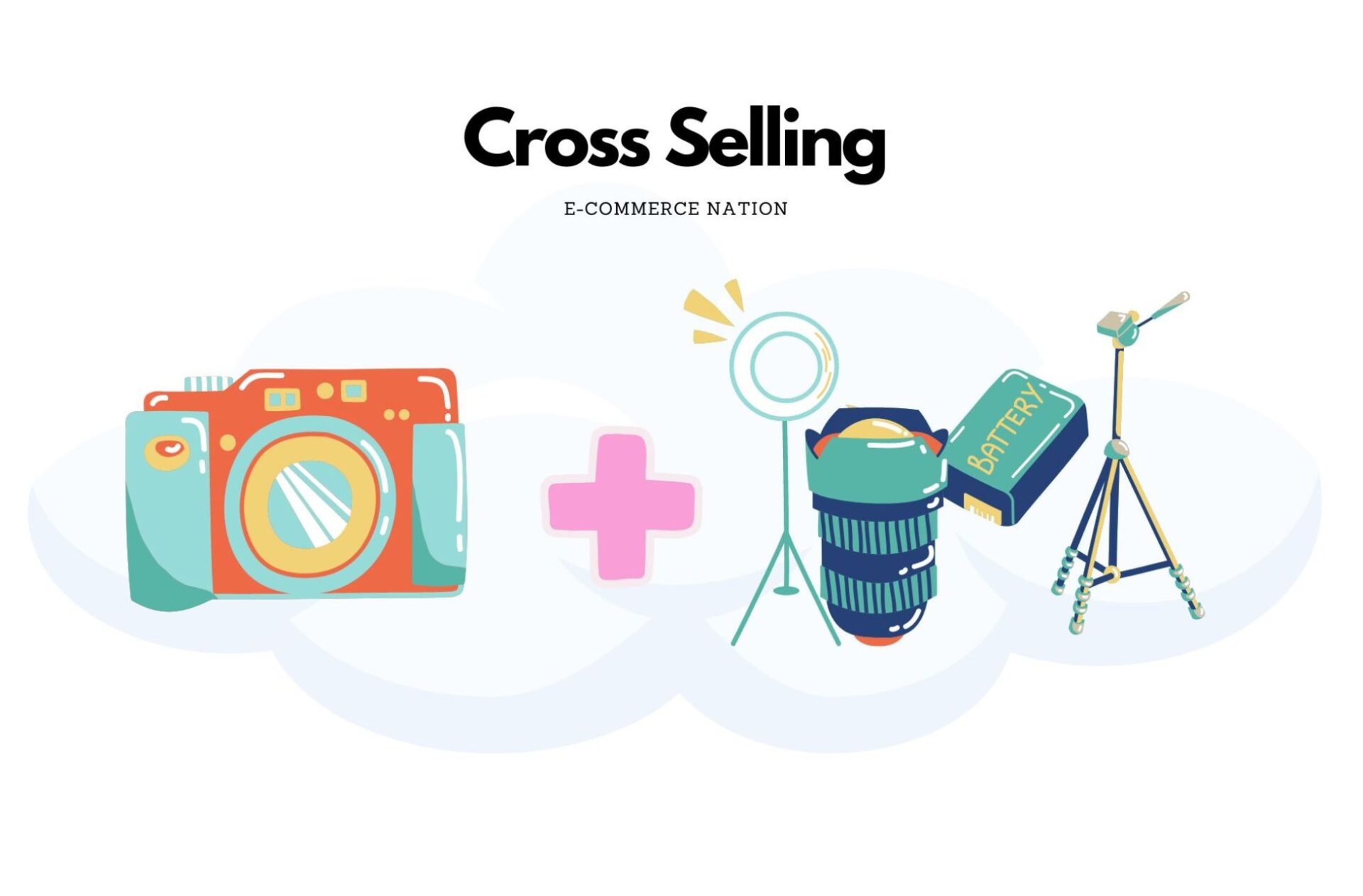The dashboard makes it possible to accurately monitor various information relating to the objectives set and the health of the company. This monitoring is organised around key indicators (also called KPIs), which are collected and listed.
However, when you become an e-commerce seller, it can be complicated to develop a relevant and efficient dashboard. To help you monitor your business, we offer this article referencing the various KPIs you can track, tips for building your dashboard, …
Dashboard: definition
A dashboard is a management and steering tool. It provides a global vision of a project.
In the case of an E-commerce dashboard, it allows you to control the activity and its evolution over time. It is therefore a synthetic means of evaluating the performance of an online shop, precisely measuring the impact of investments and their potential profitability.
After selecting the key performance indicators, representing the priority aspects of your activity, you will be able to identify the strong points, the opportunities, as well as the weak points of your strategy.
The E-commerce dashboard helps you in the strategic decision making of your company. It allows you to be reactive to potential changes and guide you towards a good development. To be relevant, a dashboard must be clear and readable, so that each stakeholder can easily gather and understand the information.
How to select your KPIs?
As a reminder, KPI stands for Key Performance Indicator. These indicators are selected and monitored in the E-commerce management dashboard. The monitoring of these indicators allows the reactivity of the teams.
KPI tracking can be applied to many elements, such as acquisition channels. More and more online shops are indeed opting for omnichannel development. They communicate and distribute their products on platforms other than their e-commerce site, such as marketplaces, social networks, etc.
The selection of KPIs should be oriented towards the most important elements of your business.
What indicators should be included in the dashboard?
There are several types of indicators, which can be used to monitor various aspects of a company’s life.
Performance and result indicators
The objective of a business is to distribute products and/or services with the aim of generating turnover. Result KPIs are therefore relevant for an online seller. Here are some examples of performance indicators to be included in an E-commerce dashboard:
- Turnover, excluding and including VAT: this is one of the most important online sales indicators, and rightly so, as it enables the financial health of the company to be assessed. This indicator can be enhanced with rates of change over a given period (3 months, 6 months, 1 year, …), gross profit, and many others;
- The number of orders: this indicator allows you to calculate the average basket, afterwards. It can be enhanced with additional data such as the conversion rate, the return rate or the order cancellations;
- The sales margin: the cost price helps to calculate this indicator, which leads to the calculation of the company’s profitability;
- The acquisition cost: this indicator designates the expenses mobilised for the acquisition of one or more visitors;
- The operating cost: this element designates all the expenditure mobilised in the production and distribution of a product;
- The operating result: this figure corresponds to the income and/or losses generated by the operation of the business, before deduction of taxes and interest.
Acquisition indicators
Visitor acquisition represents the efforts made to direct potential customers to the company’s distribution channels. This can be done through promotional actions, advertising or organic strategies, … The monitoring of acquisition performance can be done in the dashboard by including the following elements
- The number of visitors/visits (traffic/unique traffic): as in a physical store, the data on the number of visitors can be used to calculate the conversion rate;
- The number of visitors/visits per channel: in the context of an omnichannel strategy, it is possible to take into account the number of visitors per acquisition channel (traffic sources);
- The cost of acquisition per channel: this element makes it possible to know the expenses necessary to generate a visit, for each of the channels used.
Conversion indicators
The notion of conversion refers to a visitor becoming a customer, through the action of buying from the online shop. Here are some indicators that allow you to measure the performance of your site in terms of visitor conversion:
- The conversion rate: this corresponds to the number of visitors that you have succeeded in transforming into customers. For more detail, you can break down the conversion rate by acquisition channel. This helps you to get an idea of which channels are most effective in attracting relevant visitors;
- Bounce rate: this data refers to visitors who have left your shop after visiting only one page (browsing abandonment). If this rate is high, you can look at the UX of your site and identify potential friction;
- Shopping cart abandonment rate: this element allows you to identify potential friction in the final stages of the shopping journey. This may indicate a problem with the logistics or the payment solutions offered;
- Click-through rate: your site should have several priority areas that you want visitors to click on. Monitor consumer behaviour through A/B testing to find out which areas of your site are hot and optimise the click-through rate;
- The average basket: this indicator corresponds to the average price of the order placed by all customers.
Loyalty indicators
Loyalty consists of encouraging a converted customer to repeat the experience several times. Loyalty can be monitored in an E-commerce dashboard thanks to the following indicators:
- The ratio of old to new customers;
- The distribution of turnover of old and new customers;
- Purchase frequency: this indicator represents the number of purchases that one of your customers makes over a given period;
- The average time between orders;
- Product return rate;
- Customer satisfaction index: take into account the reviews to establish a precise index to help you know if consumers are satisfied with your online shop and its products.
Logistics indicators
Logistics is a very important element for an e-commerce website. Logistics performance can be monitored through indicators such as
- The cost of delivery per product;
- The average delivery time;
- Total stock, stock in, stock out: monitoring the products you have in stock;
- Average stock: this data allows you to identify the availability of stock according to given periods;
- The stock turnover rate: this indicates the frequency with which your stock is completely renewed. This rate is obtained by calculating the turnover divided by the average stock;
- Average stock duration: the average time a product spends in your stock;
- The cost of storage.
After-sales indicators
Directly linked to loyalty, the customer relationship does not stop once the basket has been validated. Indeed, the post-purchase phase is strongly influenced by the after-sales service, whose performance can be monitored thanks to the following indicators
- The return rate: the number of products returned compared to the number of products sold;
- Average number of refunds;
- The average amount of refunds.
The ideal E-Commerce dashboard
You have seen in this article why it is important to set up a monitoring table and what are the different data it should contain. Indeed, the E-Commerce dashboard will allow you to follow the functioning of your site and its evolution.
You will know if your site attracts traffic, if users tend to stay or leave your site quickly, and the evolution of your turnover.
The E-Commerce dashboard is therefore personalised and offers you visibility on the indicators that are most important to you. These dashboards can focus on the success of your marketing strategy, your customer relations, or the maintenance of your stocks and logistics.





